Today, the biggest updates come from the skies of Ukraine.
Since mid-2024, Ukraine has turned to an unlikely weapon against Russia’s nightly barrage of kamikaze drones, in the form of the humble Soviet-era Yak-52. Pilots in these lightweight, agile aircrafts have begun taking out drones, transforming a 1950’s relic into a desperate but effective shield over cities where every fallen drone can mean dozens of lives saved.


The Ukrainian Air Force has now formally incorporated the Yak-52 into frontline air-defence missions against the nightly waves of Russian Shahed drones, loitering munitions and reconnaissance drones. Initially pioneered by individual volunteer pilots in the south, particularly in Kherson and Mykolaiv oblasts, the practice quickly gained official sanction and spread to regular Air Force and Army Aviation units.

By November 2025, Yak-52s were operating from improvised forward strips across the country, with documented interceptions now stretching from the Black Sea coast to Chernihiv in the north, turning a half-century-old primary trainer into a routine component of Ukraine’s layered drone-defence network.

Yak-52s now, launch at night on 10 to 15 minutes alerts when acoustic sensors or mobile radar detect incoming Shaheds at low altitude. Flying at 80 to 140 kilometers per hour, the pilot keeps the aircraft slow and low while the rear-seat observer uses a spotlight or night-vision goggles to visually acquire the drone. Engagement methods vary, with most crews firing 7.62 rifles or 12-gauge shotguns loaded with heavy buckshot or flechette rounds. Others deliberately ram slower reconnaissance UAVs with the propeller or wingtip. After downing the target, the Yak immediately dives away to avoid debris and the drone’s 40 to 50 kilograms warhead detonation.

The Yakovlev Yak-52 is a two-seat monoplane powered by a 360 horsepower engine, giving it a maximum speed of 285 kilometers per hour. The cruise speed is 190 to 220 kilometers per hour, but the Yak-52 also has the ability to loiter as slow as 90 to 100 kilometers per hour with flaps down without stalling.


Its excellent low-speed handling and short take-off run of 180 to 250 meters on grass allow operations from tiny fields or forest clearings only minutes from the front line. The tandem open-cockpit layout provides the rear-seat shooter with an unobstructed 360° field of fire and perfect visibility for acquiring dim drone navigation lights against the sky.


Empty weight is just 1,035 kilograms and its small fuel consumption of only 70 to 90 Liters per hour, allow for 3 to 4 hours patrols on internal tanks alone. These characteristics of extreme manoeuvrability at drone speeds, minimal logistic footprint, and a human eye paired with a rifle, make the Yak-52 uniquely suited to the low-altitude or close-range engagements that modern air-defence missiles and jets cannot economically or safely perform.


By November 2025, Ukrainian Yak-52 crews have publicly confirmed at least 18 to 20 Shahed and reconnaissance-drone kills, with unofficial tallies from frontline units suggesting the real figure exceeds 40 since operations began. Each successful intercept costs Ukraine roughly 300 to 600 dollars in fuel and ammunition versus 20,000 to 2 million dollars per missile normally expended.

The tactic proves highly effective in southern and coastal sectors where drones fly low and predictable routes, often achieving 70 to 90 % kill rates on nights when Yaks are airborne. Scalability, however, remains limited with only a few dozen airworthy Yak-52s existing in Ukraine, night visual acquisitions are weather-dependent, and losses highlight the human risk. It is however a remarkably cost-effective stopgap, but cannot replace medium-range SAMs against massed high-altitude attacks.

Overall, the Yak-52’s transformation from obsolete trainer to active drone-killer reveals Ukraine’s mastery of extreme asymmetric warfare, turning a 30,000 dollars piston relic into a force multiplier that denies Russia the cost-exchange advantage it seeks with cheap Shaheds. This low-tech interception layer has already saved hundreds of millions of dollars in scarce missiles and, more importantly, protected countless civilian lives in regions otherwise defenceless against low-and-slow threats. It demonstrates a simple reality of the battlefield: when one side lacks advanced technology, improvisation can turn even obsolete platforms into functional strike assets. In a fight now driven by drones, constant probing, and attrition, the Yak-52 has emerged as another example of how high-end systems can be challenged by an opponent willing to convert every available airframe into a combat tool.










.jpg)
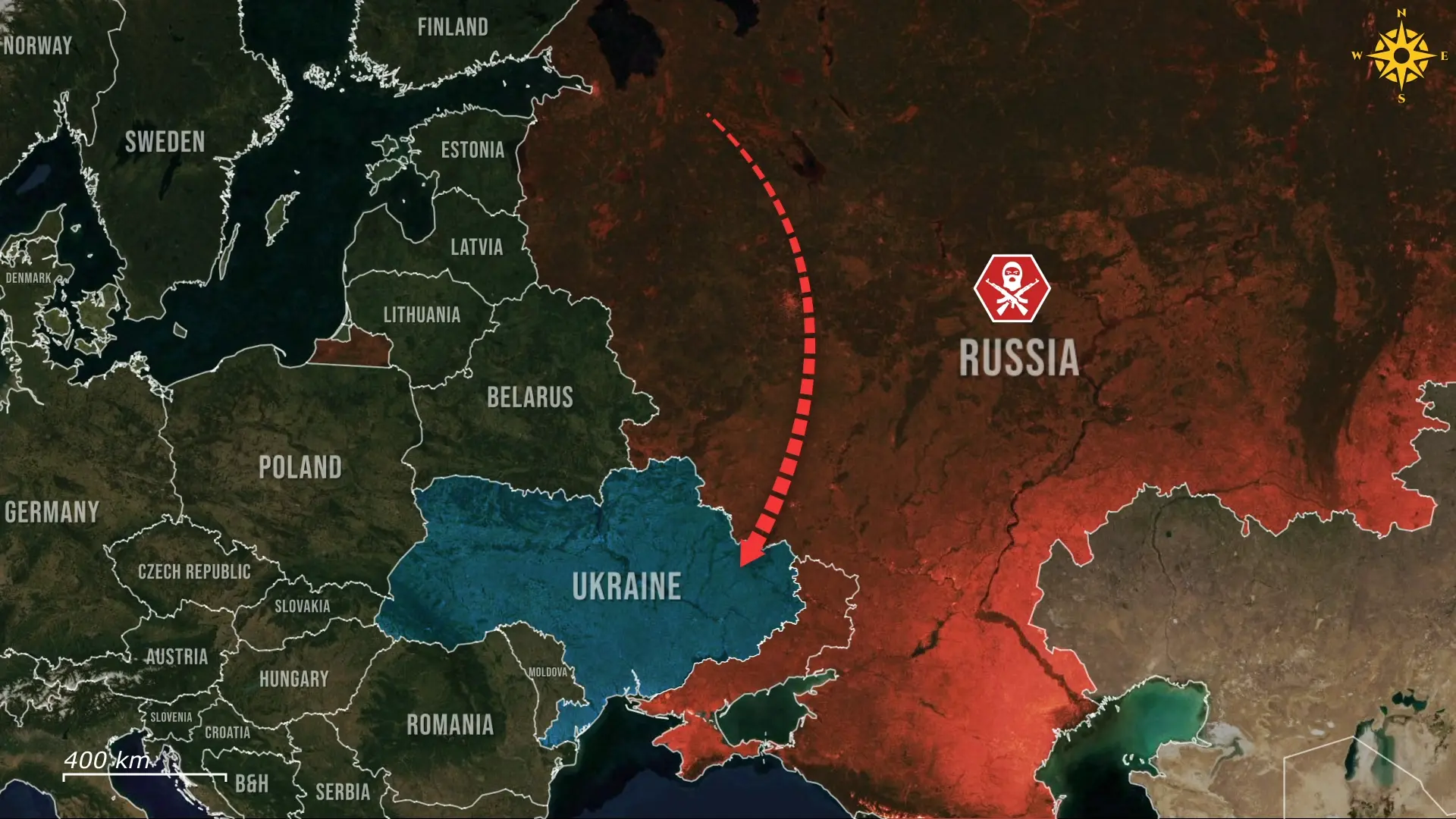
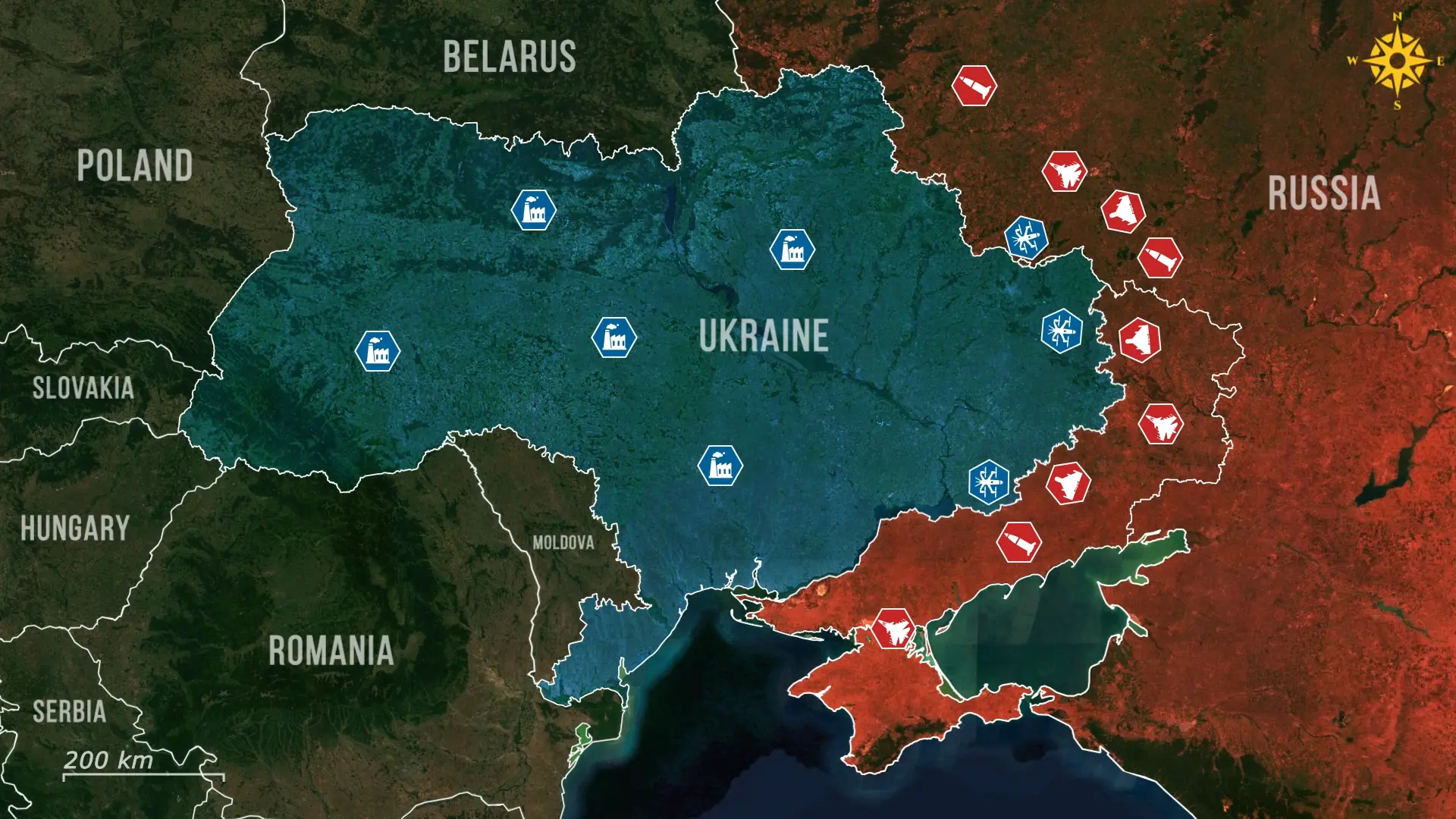
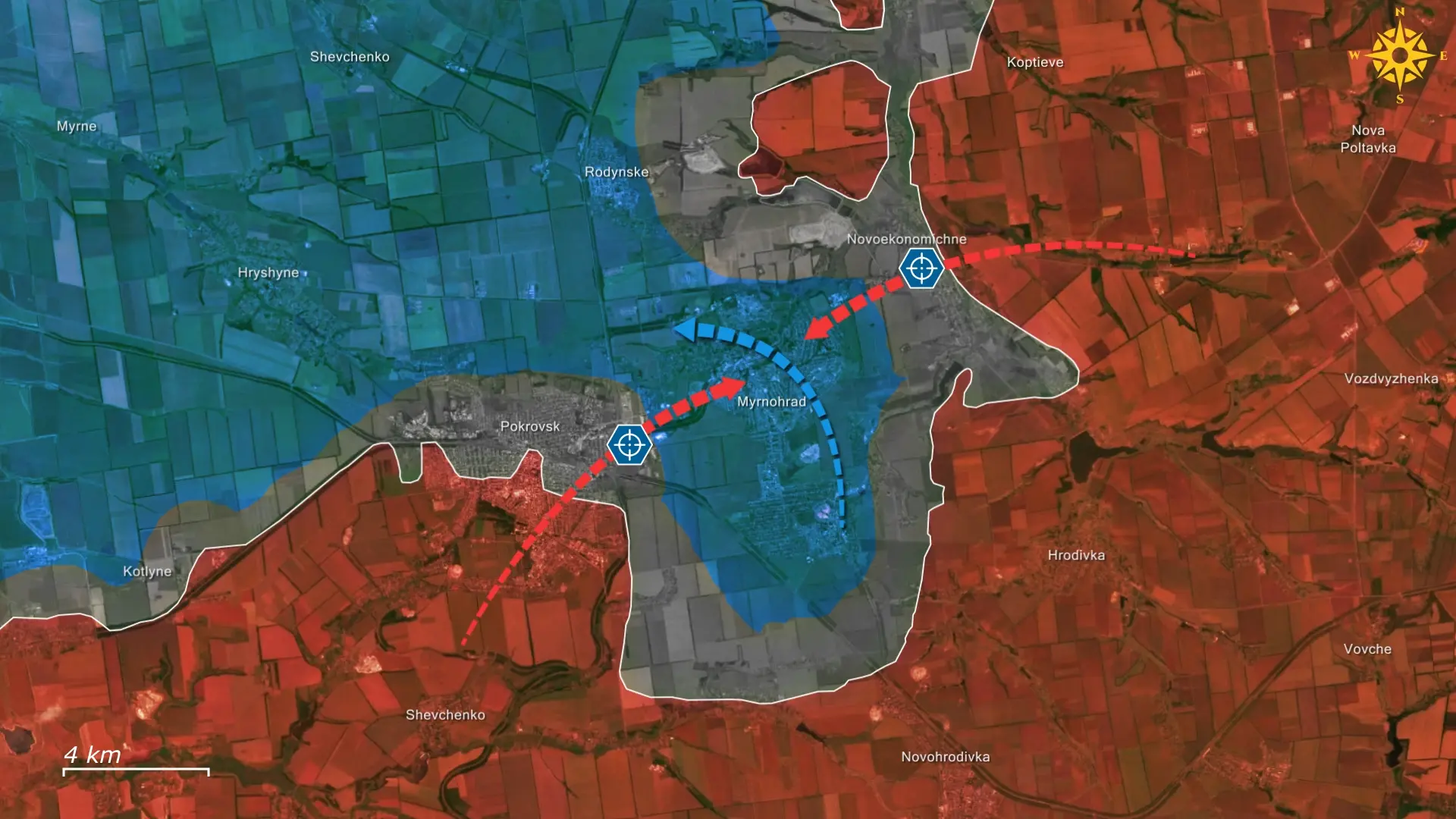
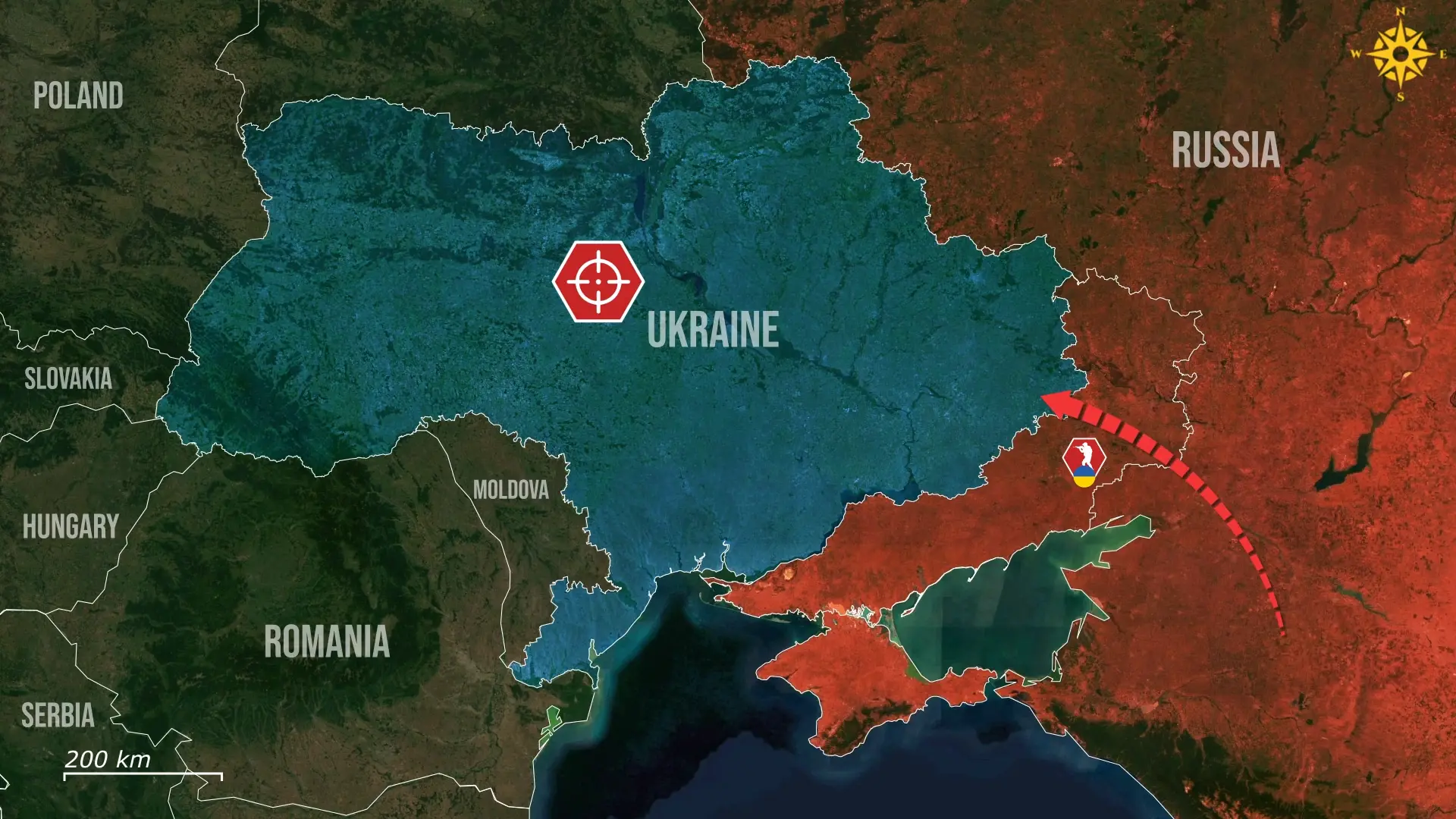

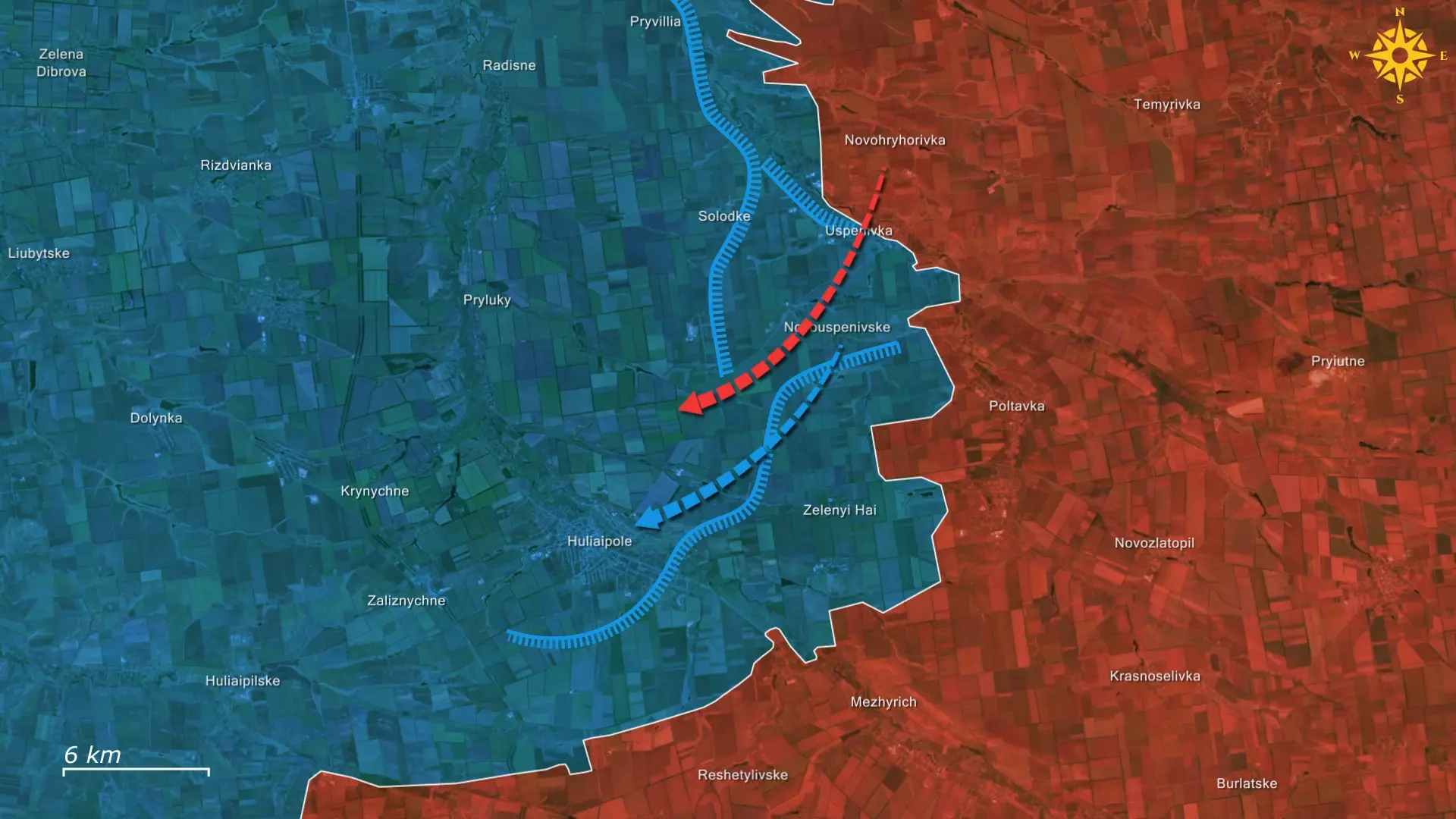

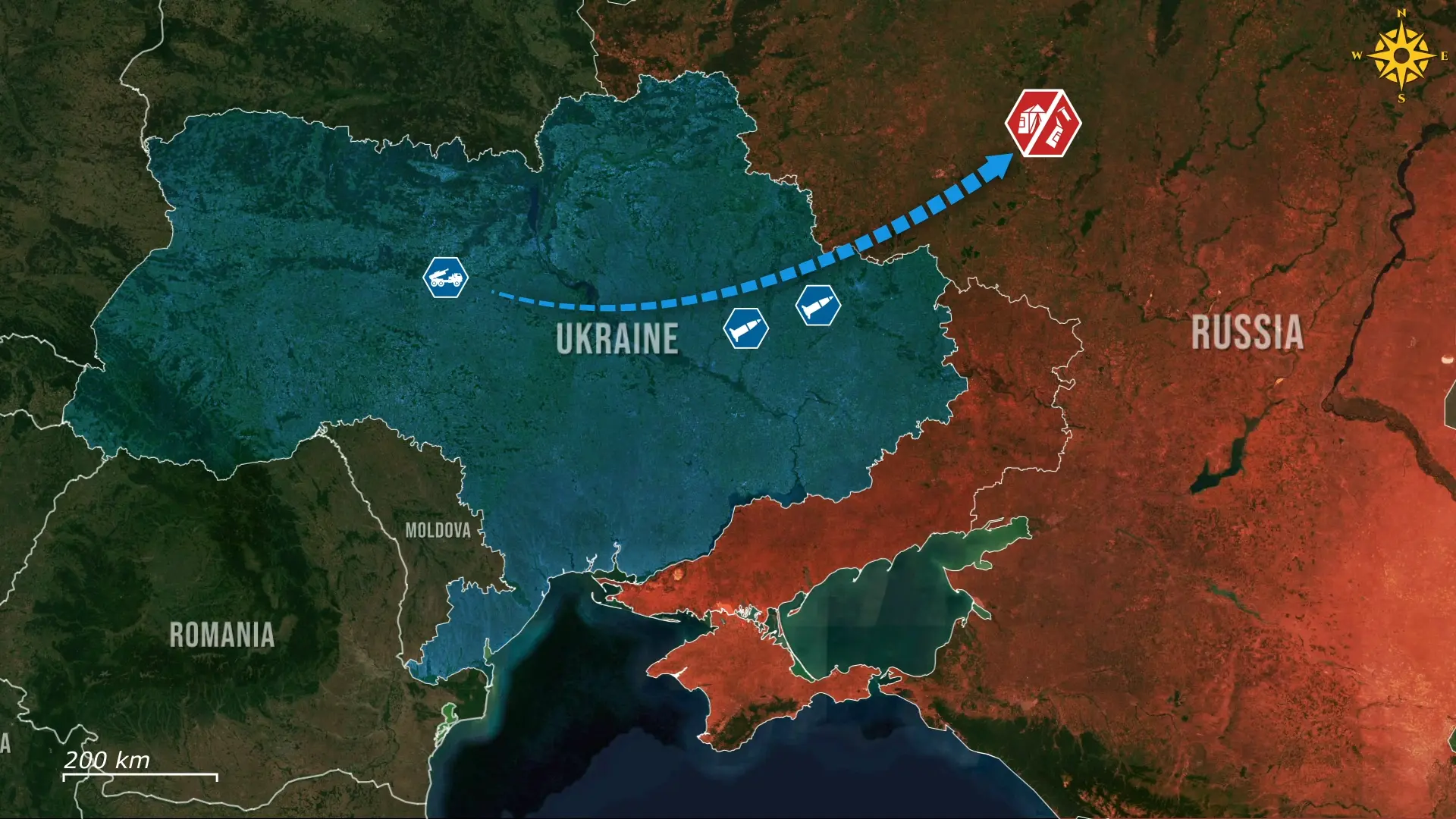
Comments